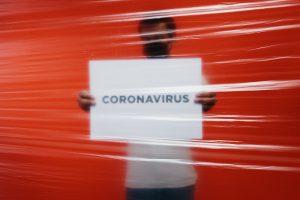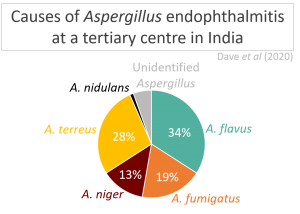Submitted by Aspergillus Administrator on 4 February 2009

Amphotericin B is one of the oldest antifungal drugs in common use (discovered in 1955)to treat serious fungal infections. It actually kills the fungus (fungicidal) rather than just stop it growing (fungistatic) so remains an important weapon in the fight against Aspergillus to this day.
Conventional formulations of the drug are not absorbed well through the gut and are not easy to dissolve in water, so the drug is delivered via injection into the bloodstream (IV) and must be dissolved using substances that are relatively toxic. This combination inevitably means that its use in this way must be carefully monitored. Patients can suffer severe side effects if not watched closely.
Attempts to reduce toxicity have resulted in several drugs being developed including Amphocil and Abelcet, both of which use less toxic ways to dissolve the drug prior to IV injection – again, lengthy hospital stays are needed.
A recent new paper, featured here features a new way to package up this drug which makes it possible to offer as a pill for oral use. In animal studies it also appears to be less toxic. If clinical trials (in humans) are as positive this could offer a whole new way to offer this important drug to patients, and enable them to take it in their own homes saving time, expense and hopefully improving outcomes for everyone.
News archives
-
Title
Date


